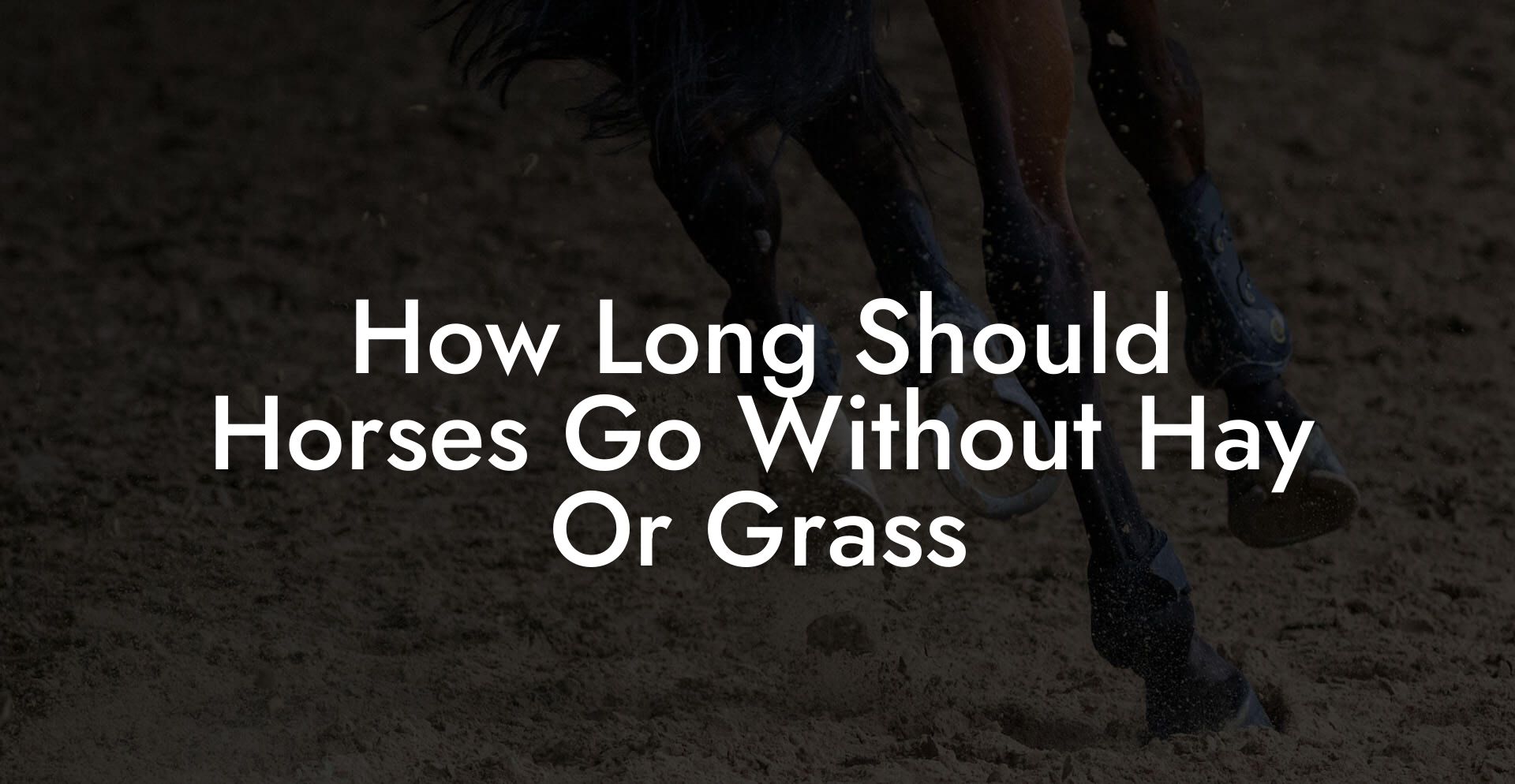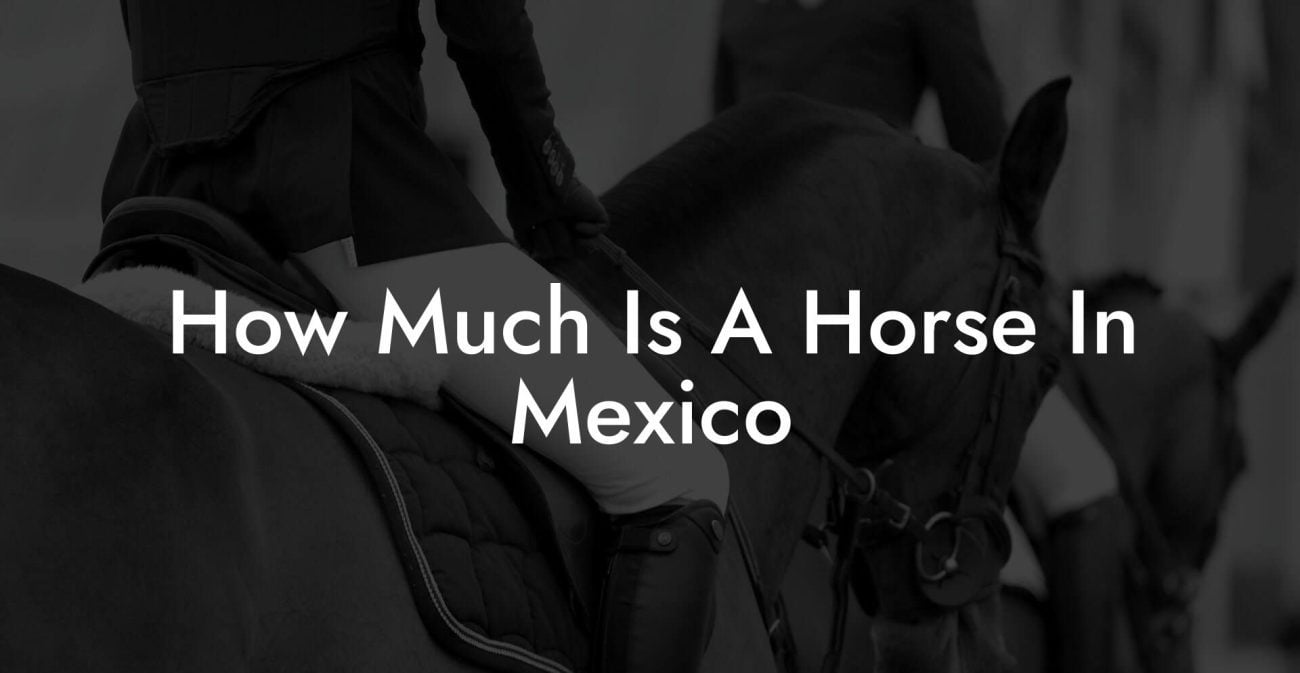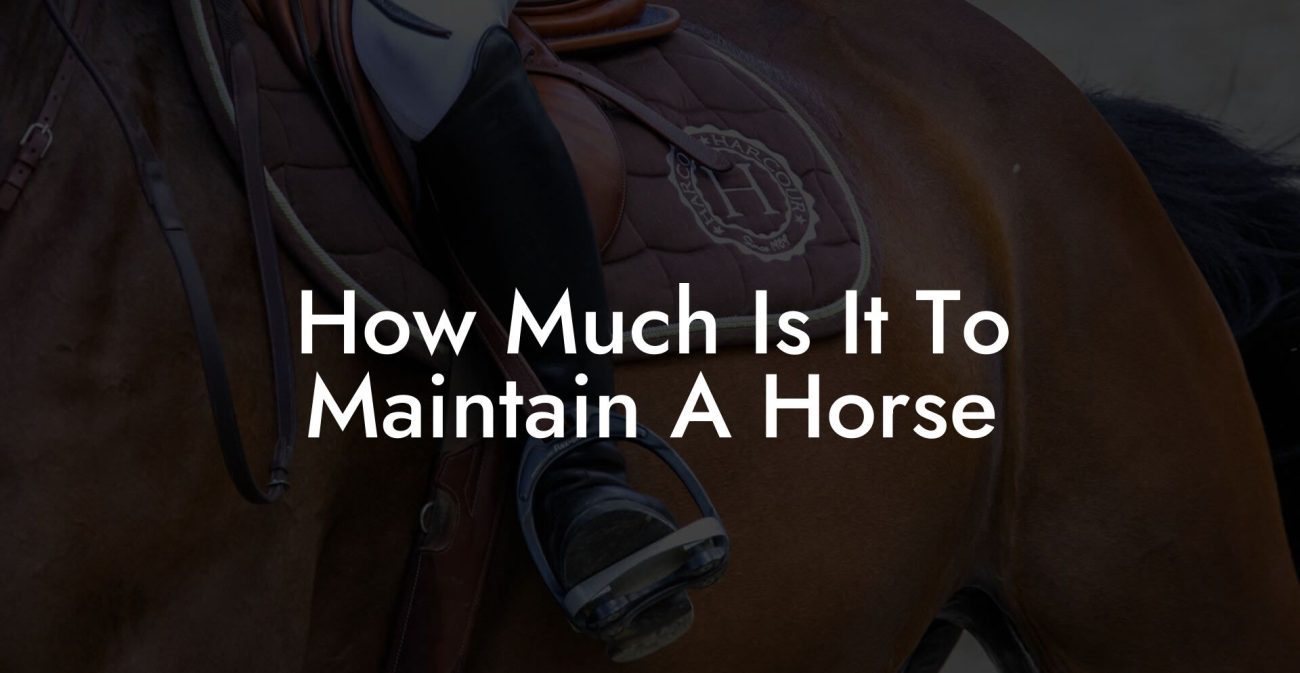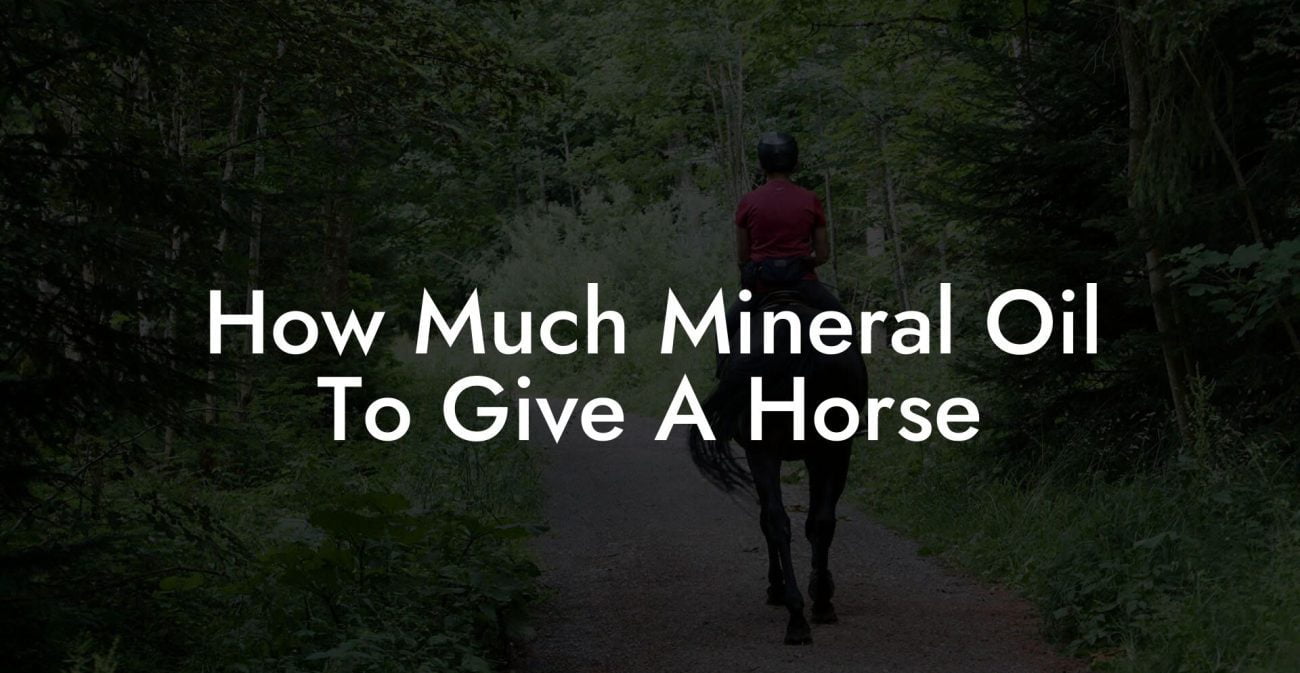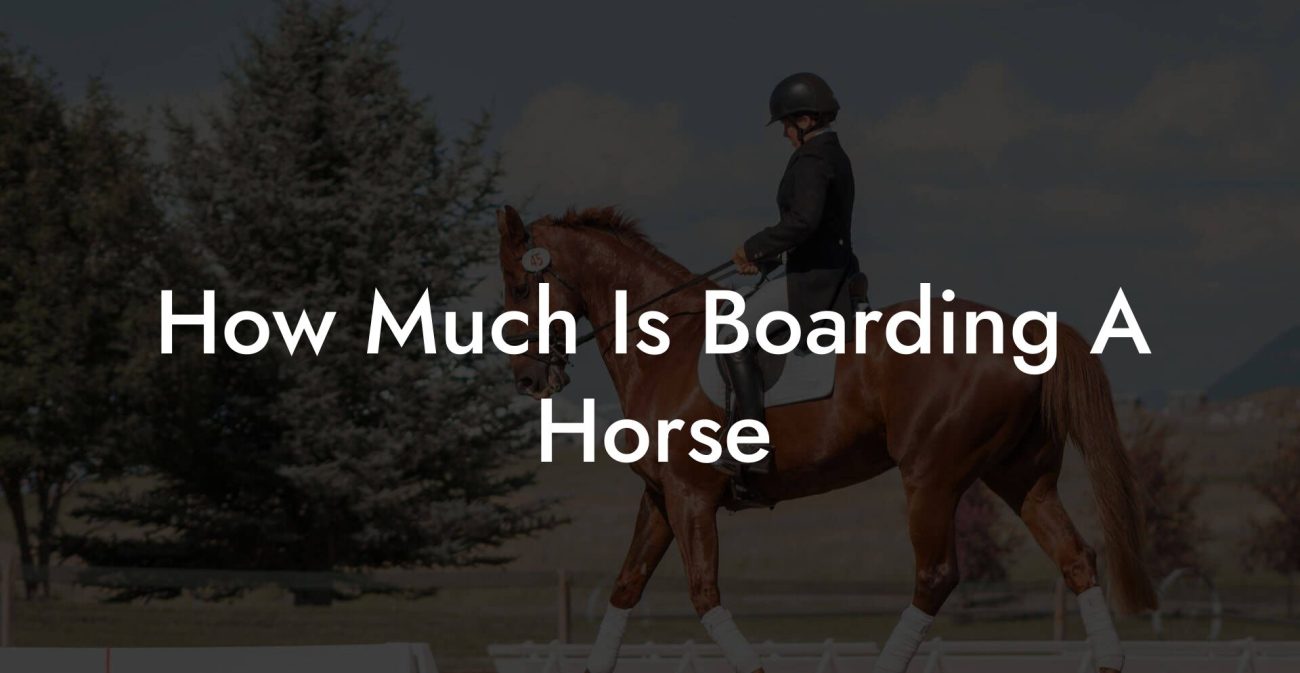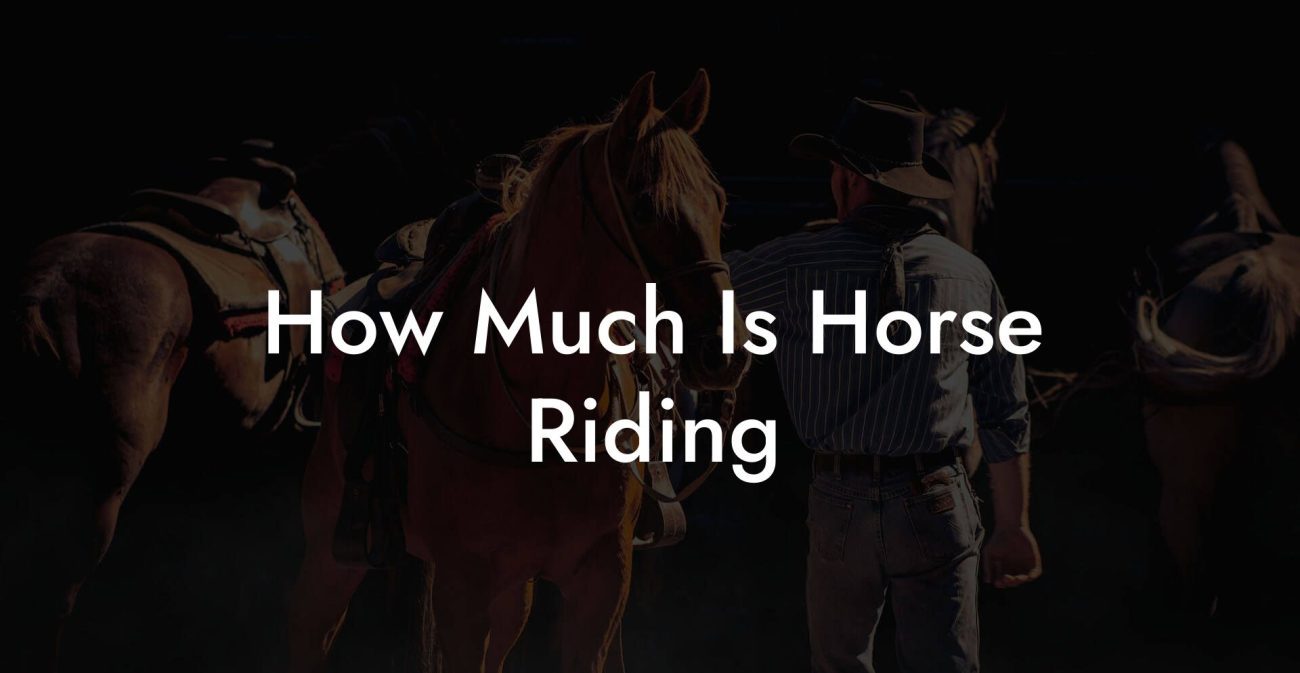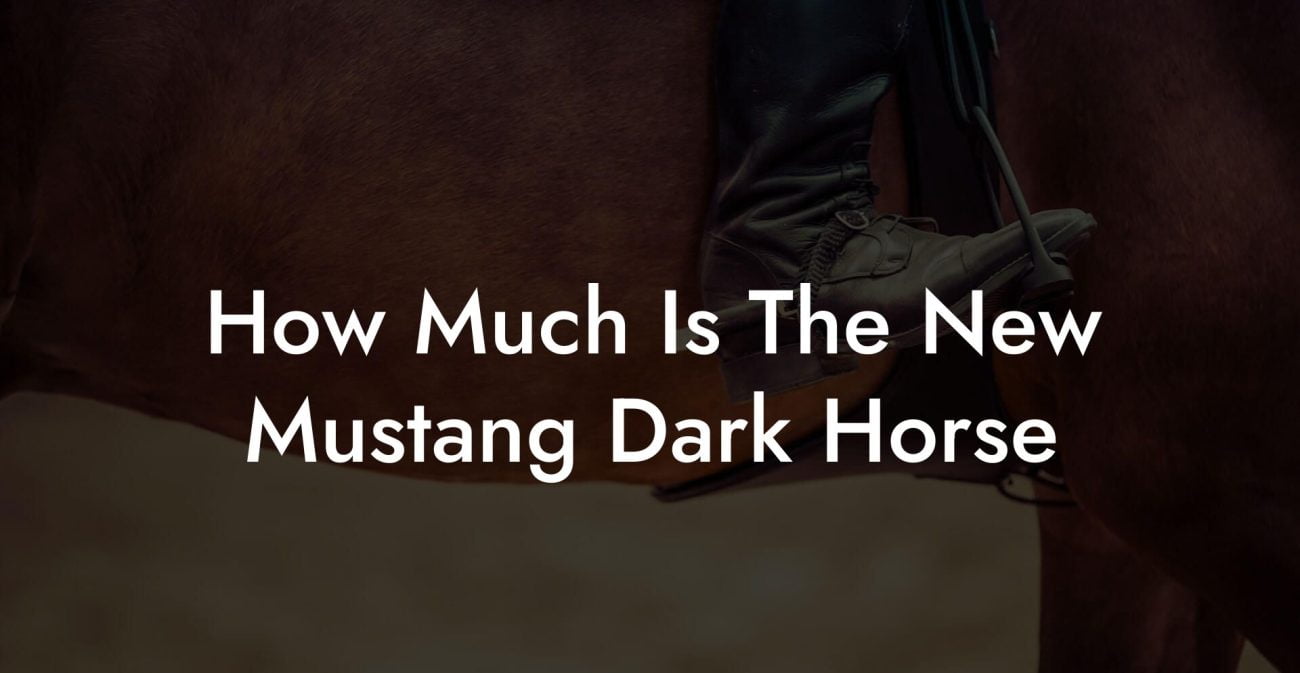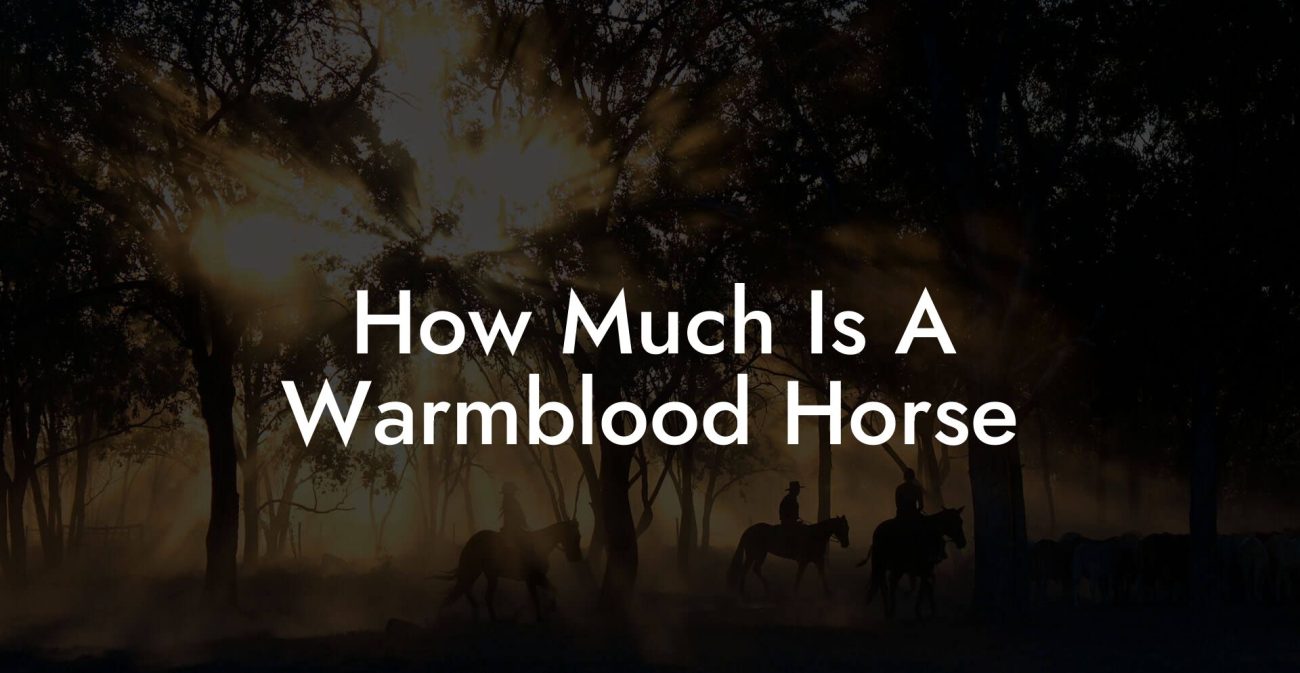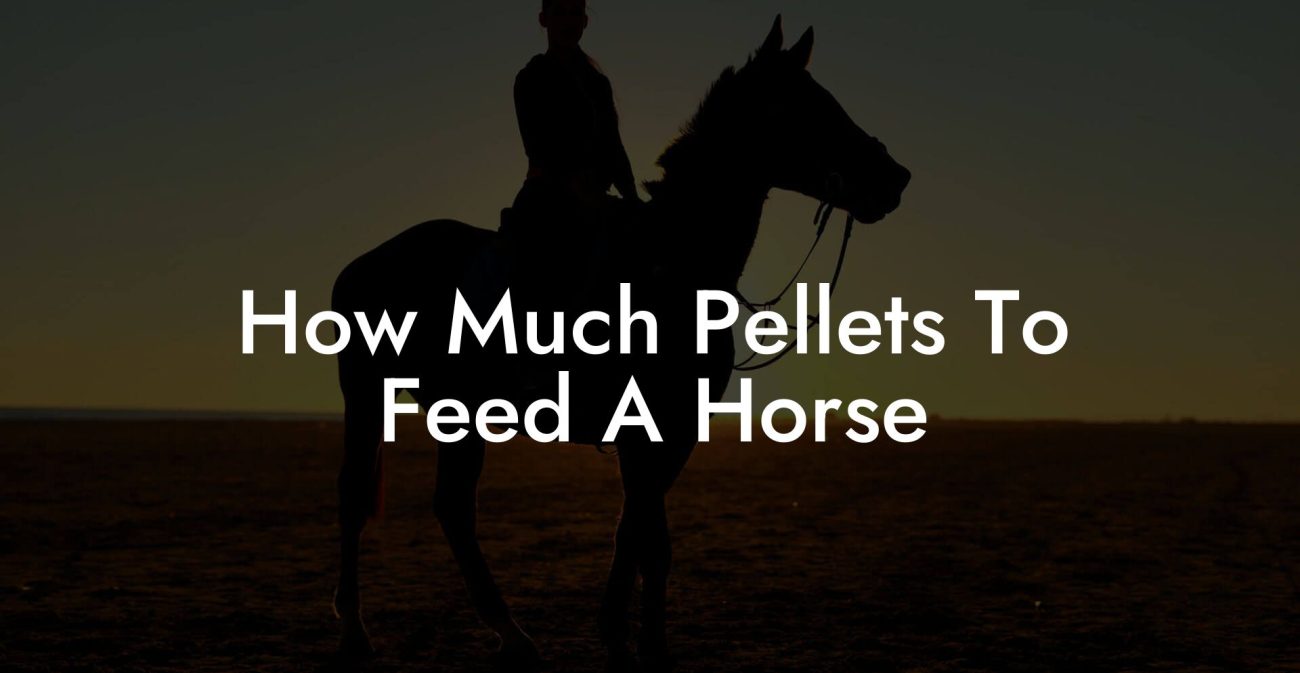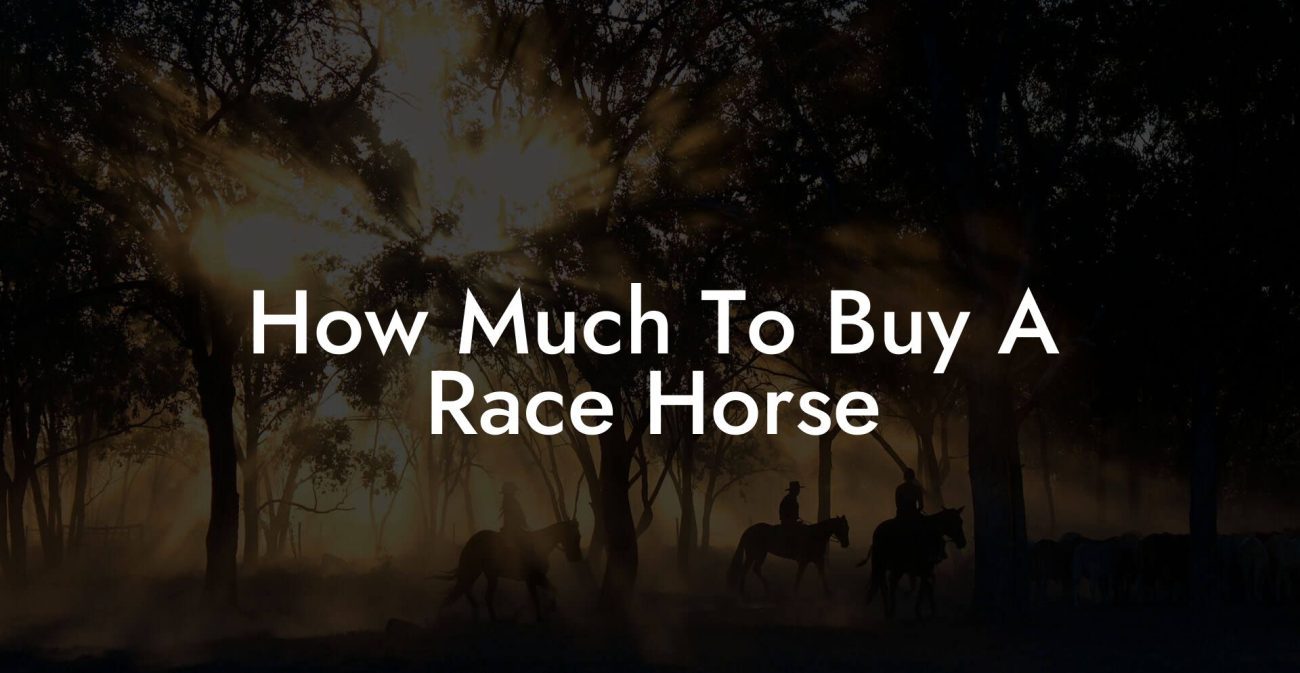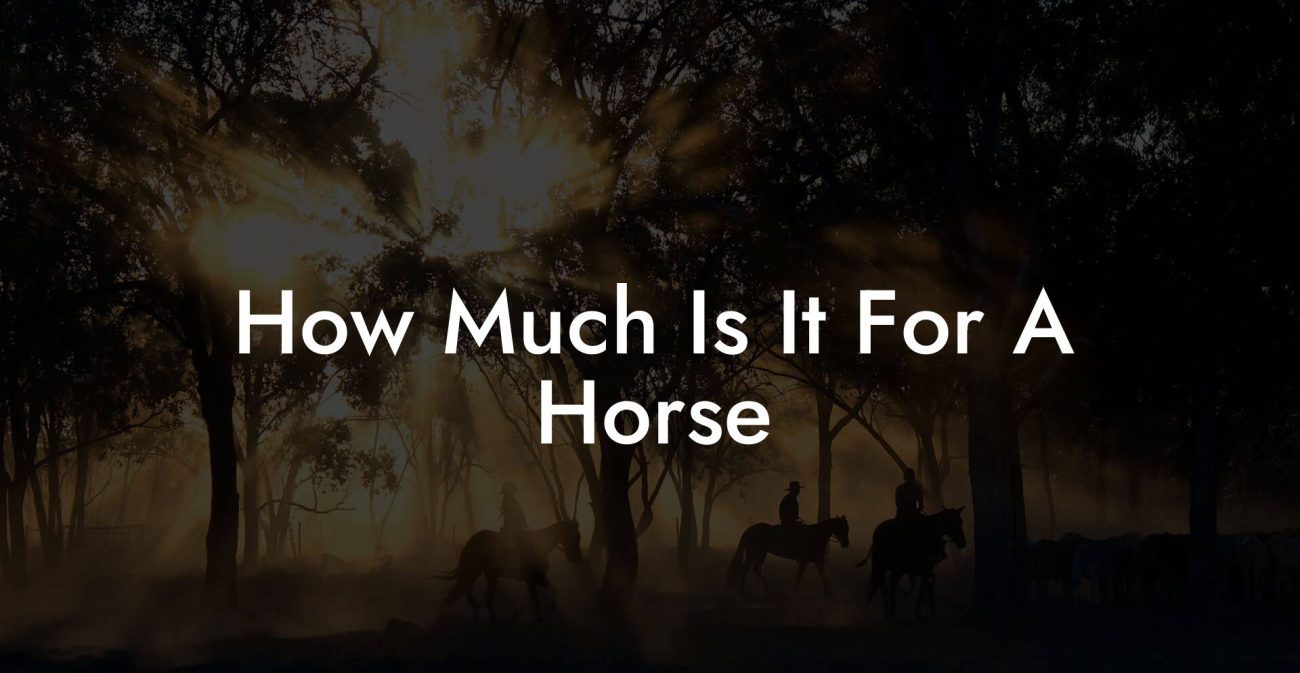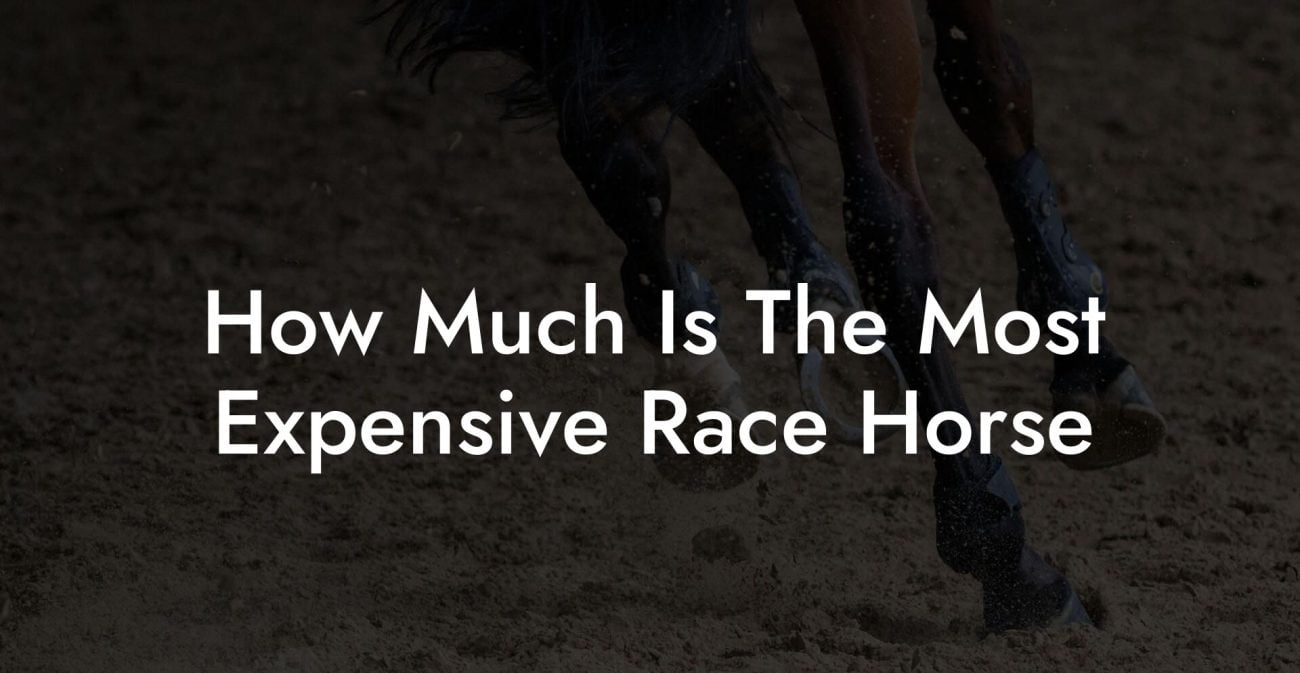Picture your favorite equine friend trotting through a sun-dappled pasture, mane flowing in the breeze, blissfully grazing on lush, green grass. Now, imagine that same horse without its daily fix of hay or fresh pasture, a scenario that can send shivers down the spine of any horse lover. In this deep dive into equine digestive drama, we’ll explore how long horses can truly go without hay or grass, what happens in their complex digestive system during such fasts, and the best practices for keeping these majestic creatures healthy and happy when the pasture isn’t as inviting as it once was.
Quick Links to Useful Sections
- Understanding the Equine Digestive System: More Than Just a Stomach
- Why Hay and Grass Are the Cornerstones of Equine nutrition
- The Science Behind the Struggle: What Happens When Forage Is Missing?
- 1. Reduced Saliva Production and Increased Acid Levels
- 2. Disruption of Hindgut Fermentation
- 3. Increased Risk of Colic and Impaction
- How Long Can a Horse Really Go Without Its Forage Fix?
- Alternatives and Emergency Feeding Strategies
- Behavioral Insights: How Horses React to Forage Deprivation
- The Role of Water: An Often-Overlooked Partner in Equine Digestion
- Long-Term Impact on Health: What the Research and Vets Say
- Tips for Horse Owners: Balancing Practicality with Optimal Nutrition
- Expert Opinions: Bridging Tradition and Modern Equine Science
- Resources and Community Support: Your Next Steps in Equine Care
- Bridging the Gap: Understanding the Unique Needs of Different Horse Types
- Integrating ModernTech: Tools for Monitoring Equine Nutrition
- Putting It All Together: Crafting the Ideal Feeding Routine
- Equine Welfare and Ethical Considerations in Feeding Practices
- Equine Health: Continuous Learning and Adaptive Strategies
- FAQs: Your Burning Equine Nutrition Questions Answered
- Your Path Forward: Embracing a Consistent and Holistic Equine Feeding Routine
Understanding the Equine Digestive System: More Than Just a Stomach
Horses are not like your average carnivorous or even ruminant grazers; they are what we call hindgut fermenters. This means that their digestive process is designed to handle a continuous intake of high-fiber forage such as hay and grass. Their unique gastrointestinal tract is engineered for slow, steady digestion, a system that relies on a constant trickle of fiber to keep the gut moving. When hay or grass is removed from their diet, it’s not just a matter of skipping a meal; it’s akin to shutting down a critical component of their digestive engine.
Our modern-day horse enthusiasts often struggle with questions like “How long should horses go without hay or grass?” The answer isn’t as straightforward as “a few hours” or “a day.” In reality, the answer depends on several factors, including the horse’s age, overall health, activity level, and even the type of alternative feed that might be provided in a pinch. As any savvy horse owner will tell you, an interruption in constant fiber intake can set off a cascade of digestive disturbances, from colic to laminitis.
Integrating both traditional knowledge and modern veterinary insights, it becomes clear that equine digestion is one finely tuned process. Just like your favorite Gen-Z smoothie bowl mixes together a bunch of nutrient-packed ingredients for that perfect blend, the equine gut requires a steady mix of forage to maintain its rhythm. Without it, the “smoothie” turns into a clumpy, sometimes toxic mess.
Why Hay and Grass Are the Cornerstones of Equine nutrition
For horses, hay and grass aren’t simply food choices; they are the pillars of equine nutrition. In the wild, horses graze for up to 16 hours a day, consistently nibbling on low-calorie, high-fiber forage. This natural habit is deeply ingrained, and even our domesticated horses carry this instinct in their DNA. The roughage they consume plays a crucial role in stimulating saliva production, which in turn helps buffer stomach acid and prevent ulcers.
When we talk about hay and grass, we’re actually discussing a dynamic duo of nutrients: fiber and moisture. Fiber not only aids in digestion by ensuring a steady supply of energy through fermentation in the hindgut, but it also keeps the gut moving, reducing the risk of impaction colic. Moisture, on the other hand, helps maintain an optimal gut environment for the beneficial bacteria that reside there.
Imagine going a day without your morning coffee, a ritual that sets the tone for your entire day. For horses, foregoing hay or grass is like skipping breakfast, lunch, and dinner, all at once. That constant, low-grade digestive stimulation is essential to keep the equine system humming along smoothly.
The Science Behind the Struggle: What Happens When Forage Is Missing?
When a horse is deprived of its staple diet of hay or pasture grass, the digestive system starts to show signs of distress quickly. Here’s a breakdown of what happens inside that remarkable stomach of theirs:
1. Reduced Saliva Production and Increased Acid Levels
The act of chewing forage triggers saliva production, which not only lubricates the feed but also helps neutralize stomach acids. Without hay or grass, the horse produces less saliva, allowing acid levels to build up in the stomach. Over time, this can lead to gastric ulcers, a painful condition that compromises performance and overall well-being.
2. Disruption of Hindgut Fermentation
The hindgut, particularly the cecum and colon, houses a complex ecosystem of microbes that break down fibrous material. Without regular forage intake, the fermentation process slows, leading to an imbalance in gut bacteria. This dysbiosis may result in conditions like colic, diarrhea, or even a dangerous build-up of toxic substances if harmful bacteria overpopulate.
3. Increased Risk of Colic and Impaction
Colic is one of the most serious concerns for horses, and a sudden change in diet, especially one that reduces fiber, can significantly increase the risk. With less bulk in the gut, the chances for impaction (a blockage in the intestines) rise, which can be life-threatening if not treated promptly.
In essence, skipping out on hay and grass is not just a minor dietary adjustment; it’s an upheaval of a finely balanced digestive ecosystem. The longer a horse goes without its usual forage, the higher the likelihood of experiencing metabolic disorders and other health complications.
How Long Can a Horse Really Go Without Its Forage Fix?
Now, to address the million-dollar question: “How long should horses go without hay or grass?” The answer is nuanced. Most equine nutrition experts agree that horses thrive on near-constant access to forage. While a short-term break of 12 to 24 hours may be manageable in emergency situations, extending that period beyond 24 hours can begin to jeopardize a horse’s digestive health.
The duration a horse can safely go without hay or grass is not a one-size-fits-all figure. For example, a young, athletic horse may have a slightly higher tolerance for a brief temporary change in diet compared to an older horse with a more sensitive digestive system. However, even in the best-case scenarios, prolonged periods of forage deprivation are not recommended.
Think of it like your favorite streaming service going offline during binge-watch season. You might manage a day or two by snacking on alternatives, but nothing beats the satisfaction of consistent, quality content. In equine terms, hay and grass are that non-negotiable subscription.
It’s important to note that while alternative feeds such as beet pulp, alfalfa, or specially formulated pelleted rations can provide some nutritional support, they do not fully replace the mechanical and chemical processes initiated by fiber consumption. Thus, they should never be considered long-term substitutes for hay or grass.
Alternatives and Emergency Feeding Strategies
Situations may arise when hay or fresh pasture isn’t available, maybe due to inclement weather, transportation issues, or temporary pasture renovation. In these cases, it’s crucial to have a backup plan to ensure your horse’s digestive system doesn’t go into overdrive, or under-stimulation.
Supplemental Feeds: In emergencies, many horse owners turn to alternatives like beet pulp, alfalfa hay, or pelleted rations that are high in fiber. These feeds can serve as a stopgap measure, but they should be introduced gradually. Sudden dietary shifts can further exacerbate digestive issues.
Soaking and Steaming Hay: If quality hay is scarce, soaking or steaming lower-quality hay can make it more palatable and easier to digest. This process helps break down some of the tougher fibers, making it less challenging on the gut.
Small, Frequent Meals: Rather than feeding one or two large meals, breaking up the available forage into several smaller meals throughout the day can mimic natural grazing behavior. This approach helps stimulate saliva production and maintains a steady fermentation process in the hindgut.
Monitoring Hydration and Electrolytes: When horses are not grazing on fresh grass, ensuring they have access to clean, fresh water is paramount. Additionally, monitoring electrolyte levels can be beneficial, as dehydration can further complicate digestive issues.
It’s all about balance. While these alternatives may hold the fort for a short while, they are no match for the real deal when it comes to the long-term health and vitality of your horse.
Behavioral Insights: How Horses React to Forage Deprivation
Ever noticed your horse pacing around the barn or casting longing glances out the window? That behavior might be more than just restlessness, it can be a direct response to forage deprivation. Horses, by their very nature, are grazing animals with an inherent need to chew. When that is taken away, they exhibit noticeable signs of discomfort.
One common behavior is increased aggression or irritability. Without the calming ritual of grazing, horses can become more anxious and less cooperative, making routine care and handling more challenging. They might also exhibit signs of stereotypic behaviors such as cribbing or weaving, which are often linked to stress and boredom.
Understanding these behavioral cues is critical. When a horse is deprived of forage for too long, it’s not just a physical problem, it’s a mental and emotional one too. The constant need to chew isn’t just about filling the belly; it’s a stress-reliever and a natural coping mechanism.
For horse owners, being attuned to these signals means you can act quickly. Recognize when your horse’s behavior shifts from normal grazing contentment to signs of anxiety or distress, and take proactive steps to reintroduce forage or a suitable alternative before more serious health issues develop.
The Role of Water: An Often-Overlooked Partner in Equine Digestion
While the conversation about how long horses can go without hay or grass typically centers on fiber, water plays a starring role in this digestive drama too. Horses require a constant supply of water to help process their forage properly. When hay or grass is scarce, ensuring that your horse is well-hydrated becomes even more critical.
Water assists in the fermentation process in the hindgut, helps transport nutrients throughout the body, and keeps the digestive system flushed and efficient. In times when forage is limited, any reduction in water consumption can compound the negative effects of a low-fiber diet, further increasing the risk of impaction colic and other gastrointestinal disturbances.
It’s a balancing act: Just as a smartphone runs best when regularly charged, a horse’s digestive system thrives on a steady influx of water combined with their daily dose of hay or grass. Keep those water buckets full, and consider adding electrolytes during periods of stress or high temperatures to support overall hydration and digestive function.
Long-Term Impact on Health: What the Research and Vets Say
Veterinary science has long underscored the dangers of limiting a horse’s access to forage. Research shows that even short-term deprivation can have lasting effects on the gut microbiome, setting the stage for chronic issues. Veterinarians emphasize the importance of consistent, high-quality forage as a preventative measure against a host of gastrointestinal ailments.
In interviews and case studies shared at equine health conferences, experts consistently advise against letting horses go more than 24 hours without proper forage. Even if emergency alternatives are available, the consensus remains the same: avoid prolonged periods without hay or grass to prevent mishaps like ulcers, colic, and metabolic imbalances.
The evidence is clear, our equine companions are biological marvels whose health pivots on the steady rhythm of natural grazing. When that rhythm is disrupted, it isn’t just a temporary hiccup; it can lead to long-term digestive instability and increased susceptibility to disease. Keeping up with regular veterinary checks and monitoring feeding protocols is essential in ensuring sustained equine health.
Tips for Horse Owners: Balancing Practicality with Optimal Nutrition
For the modern horse owner, juggling daily responsibilities while ensuring your horse gets the best nutrition can be a bit like managing a high-stakes, multi-level video game. Here are some practical strategies to help you navigate days when hay or fresh pasture isn’t readily available:
- Plan Ahead: Stock up on quality hay during peak seasons and always have a backup supply of alternative fiber-rich feeds.
- Create a Feeding Schedule: Mimic natural grazing with multiple small meals throughout the day rather than one or two large ones. This consistent schedule helps maintain the digestive rhythm your horse needs.
- Monitor for Signs of Distress: Keep an eye out for changes in behavior such as increased irritability, decreased appetite, or signs of colic. Early detection can be the difference between a minor issue and a major health crisis.
- Consult with a Vet: Regular veterinary check-ups can help you fine-tune your feeding regimen. If you ever need to switch feeds or manage a temporary forage shortage, professional guidance is indispensable.
- Upgrade Your Water Management: Ensure that your horse has unlimited access to clean, fresh water. Consider automatic waterers or regular bucket changes, especially in hot weather.
- Educate Yourself: Join online forums, subscribe to equine nutrition newsletters, and attend local equine health workshops to stay updated on the latest research and practices.
In the hustle and bustle of modern life, your horse’s dietary needs should never take a back seat. By implementing these proactive measures, you help build a resilient feeding strategy that prioritizes the well-being of your equine friend, even during those unavoidable forage shortages.
Expert Opinions: Bridging Tradition and Modern Equine Science
It’s always a good idea to heed the wisdom of experienced horse trainers, nutritionists, and veterinarians when grappling with the question of forage deprivation. Many experts emphasize that while short-term disruptions might be manageable, long-term nutritional deficits can not only lead to serious health complications but also affect overall performance and mood.
Dr. Elaine Roberts, a renowned equine nutritionist, shares, “Horses are designed to graze continuously. When you force breaks in this routine, it can unsettle their digestive equilibrium. Even a seemingly minor delay in providing hay or grass can trigger a host of metabolic issues.” Her perspective is echoed by many in the field: if it isn’t natural, it isn’t ideal.
Moreover, many seasoned trainers underscore the importance of adapting feeding strategies to the individual needs of each horse. Just as people benefit from personalized diets, so do horses, particularly when transitioning between seasons or coping with stress. By combining tried-and-true traditional methods with current scientific findings, you can craft a feeding program that is not only effective but also flexible enough to handle life’s unexpected challenges.
Ultimately, the consensus among experts remains: any time your horse is without its natural source of fiber, hay or grass, for more than 24 hours, you’re stepping into risky territory. Listening to these seasoned voices can help guide your decisions, ensuring that every feeding decision supports your horse’s long-term health and happiness.
Resources and Community Support: Your Next Steps in Equine Care
Taking care of a horse is as much about community support and continuous learning as it is about daily feeding routines. In today’s digital age, a wealth of resources is available for horse owners eager to share experiences, seek advice, and stay informed on the latest in equine nutrition and health.
Online forums such as The Horse Forum, Grassroots Equine, and various Facebook groups are buzzing hubs where you can tap into the collective wisdom of experienced owners. These communities are invaluable when facing unfamiliar challenges, like managing a temporary shortage of hay or grass.
Additionally, subscribing to newsletters from trusted veterinary clinics or equine nutrition websites can keep you updated on new research, feeding strategies, and seasonal tips. Workshops, webinars, and local equine health events offer hands-on learning and are great opportunities to connect with professionals in the field.
For those who prefer in-depth, peer-reviewed content, resources from universities with veterinary programs and reputable equine health magazines can provide the scientific grounding necessary to confidently manage your horse’s diet. Whether you’re a seasoned owner or a newcomer to the world of equine care, these communities and resources ensure that you’re never alone in your quest for the best horse care practices.
Remember, every great journey begins with a single step. Explore these resources, ask questions, and join the conversation. Your proactive approach not only benefits your horse but also helps you grow as a well-informed member of the equine care community.
Bridging the Gap: Understanding the Unique Needs of Different Horse Types
Not all horses are built alike. Whether you’re tending to a high-performance racehorse, a gentle trail companion, or a hardworking draft animal, the nuances of your horse’s daily routine matter. Breed, age, workload, and overall health all play significant roles when considering just how long a horse can tolerate going without hay or grass.
Performance horses, for example, often have higher metabolic rates and may require more consistent feeding intervals to sustain their energy levels. On the other hand, an older horse or one recovering from an injury might already be facing certain limitations; any disruption in the regular supply of fiber can exacerbate pre-existing conditions.
Understanding these differences is pivotal for any horse owner. A tailored feeding schedule that considers the specific energy outputs and digestive needs of your horse is far more effective than a generic one-size-fits-all approach. In many ways, it’s akin to customizing your playlist for a long road trip, every song (or feed) is chosen to complement the journey.
In practical terms, this means keeping detailed records of feeding times, monitoring changes in behavior and digestion, and being ready to adjust the diet on the fly. With modern tools like digital apps and smart feeders, many owners are finding that technology can lend a helping hand in managing these individualized needs.
Integrating ModernTech: Tools for Monitoring Equine Nutrition
In our fast-paced, technology-driven world, even the realm of equine nutrition isn’t left untouched by innovation. From wearable trackers that monitor your horse’s activity levels to smart feeders that remind you when it’s time for a meal, modern tech is playing an increasingly vital role in holistic horse care.
These tools provide invaluable data, helping you observe subtle changes in your horse’s performance, behavior, and overall health. Consider investing in a simple activity tracker for horses, which can provide insights into feeding times and activity patterns. With this data at your fingertips, you’ll be better equipped to detect early signs of issues arising from forage shortages.
For tech-savvy owners, apps that log daily nutrition, track water consumption, and even offer veterinary advice are becoming more commonplace. These innovations help transform traditional feeding regimens into dynamic, data-driven routines that promote optimal health. When hay or grass is in short supply, such tools empower you to make informed decisions and quickly switch to alternative strategies before small issues balloon into bigger problems.
Embracing technology in equine care isn’t about replacing traditional knowledge, it’s about enhancing it, blending cutting-edge insights with time-tested practices to ensure your horse always gets the best care possible.
Putting It All Together: Crafting the Ideal Feeding Routine
After exploring the intricate details of the equine digestive system, the indispensable role of hay and grass, and the risks associated with their absence, it’s time to bring together all these insights to create a robust feeding routine. Developing a comprehensive strategy is key to ensuring that your horse remains healthy, even when unforeseen circumstances demand alternative solutions.
Start with the basics: ensure that your horse has a continuous supply of high-quality forage. Supplement this with smart feeding practices, such as breaking the daily allotment into smaller, more frequent meals. Keep an eye on hydration levels and consider integrating tech tools to better monitor the entire process.
Moreover, remain proactive by staying connected with your vet and local equine communities, this way, you’re always in the know about the latest nutritional strategies and emergency feeding alternatives. A well-crafted feeding routine is ultimately a harmonious blend of traditional wisdom, modern innovation, and a commitment to your horse’s well-being.
Remember, each horse has its own unique needs, and the ideal routine is one that adapts to those ever-changing requirements. Whether it’s a temporary gap in hay or a planned dietary change, a flexible, informed approach will help keep your horse’s digestive health humming along, no matter what challenges come your way.
Equine Welfare and Ethical Considerations in Feeding Practices
Beyond the technical aspects of nutrition and digestion, it’s important to also consider the ethical dimensions of equine care. Horses have been our companions, workmates, and even competitive partners for centuries. Ensuring they receive the best possible nutrition is not only a matter of performance, it’s a commitment to their overall welfare.
Ethical feeding practices mean that even when you’re forced to substitute hay or grass, you strive to provide a diet that is as close to their natural forage as possible. This might include sourcing high-quality alternatives and continually researching new methods to meet their nutritional needs during short-term shortages.
Furthermore, being transparent about your feeding practices within equine communities can spark valuable discussions, leading to innovations and shared best practices. Advocating for ethical and consistent feeding routines ensures that all horse owners, regardless of location or circumstance, can work together for the greater good of these incredible animals.
Equine Health: Continuous Learning and Adaptive Strategies
The journey of equine care is filled with learning curves, continuous adaptation, and moments of inspiration. It is a path that requires staying curious, seeking expert advice, and regularly updating your knowledge base. With numerous blogs, podcasts, and seminars dedicated to equine nutrition, there’s always a fresh perspective waiting just around the corner.
Embrace this dynamic environment by exploring a variety of resources and participating in educational workshops. Every piece of information you gather, whether from a peer, a vet, or a cutting-edge research study, contributes to a holistic approach that keeps your horse thriving.
Ultimately, the goal is to create an adaptive feeding strategy that can weather both expected challenges and unexpected disruptions. The more informed and vigilant you are, the better positioned you’ll be to safeguard your horse’s health and nurture the long-term strength of its digestive system.
FAQs: Your Burning Equine Nutrition Questions Answered
Below are some of the most frequently asked questions from horse owners grappling with the realities of forage shortages, along with expert answers to guide you through these common concerns.
1. How long can a horse safely go without hay or grass?
While every horse’s tolerance varies, most equine specialists recommend that horses should not go more than 24 hours without access to forage. Prolonged deprivation can lead to serious gastrointestinal issues.
2. What are the risks if my horse misses its regular forage?
Missing out on hay or grass can lead to reduced saliva production, increased stomach acidity, disruption of hindgut fermentation, colic, and even ulcers. These issues highlight why a steady supply of fiber is essential.
3. Can I use alternative feeds as a long-term substitute?
Alternatives such as beet pulp, alfalfa, or pelleted feeds can serve as short-term solutions but shouldn’t replace hay or grass in the long run. They lack the full spectrum of benefits provided by natural forage.
4. How do I gradually transition my horse to an alternative food source?
When necessary, introduce any alternative feed slowly over several days to allow the digestive system to adjust. This gradual transition helps minimize the risk of digestive upset.
5. What signs should I look for that indicate my horse is suffering due to lack of forage?
Watch for changes such as increased irritability, reduced appetite, signs of colic, or abnormal behaviors like cribbing. These can be early indicators of digestive distress.
6. Is it true that horses need constant access to forage?
Yes, due to their natural grazing habits and unique digestive system, horses thrive on constant access to forage. Regular intake of high-fiber food helps keep their digestive processes running smoothly.
7. What role does water play when forage is limited?
Water is vital for digestion, especially when forage is limited. It aids in the fermentation process in the hindgut and helps prevent conditions like impaction colic. Always ensure your horse has access to fresh, clean water.
8. Are there any technological solutions to help monitor my horse’s digestive health?
Absolutely. Modern equine care now includes activity trackers, smart feeders, and nutrition apps that can help monitor your horse’s eating habits and overall health.
9. How can I learn more about best feeding practices for my horse?
Engage with local equine communities, attend workshops, subscribe to reputable equine health newsletters, and consult your veterinarian regularly to keep up with the latest best practices.
10. What should I do in an emergency feeding situation?
In emergencies, prioritize small, frequent meals of alternative fiber feeds, ensure ample water intake, and consult with your vet as soon as possible for tailored advice.
Your Path Forward: Embracing a Consistent and Holistic Equine Feeding Routine
Maintaining your horse’s digestive health isn’t just about solving a short-term problem, it’s a continuous journey that spans every facet of daily care. The tale of how long horses should go without hay or grass reinforces a simple truth: consistency is key. From the science behind constant grazing to the practical measures you can implement during emergencies, every decision contributes to the overall well-being of your equine companion.
Embrace modern technology, community support, and expert advice as you refine your feeding strategies. Take the time to observe your horse, understand the subtle cues it offers, and adapt your practices to fit its unique needs. In doing so, you’re not only safeguarding its digestive health but also honoring the deep bond between you and your horse.
Your journey in equine care is both a responsibility and a labor of love. By ensuring a steady supply of hay or grass, or implementing well-planned alternatives in times of scarcity, you build the foundation for a healthy, thriving horse who will continue to inspire you with every spirited trot and graceful gallop.
Remember, each day is an opportunity to learn, adapt, and celebrate the unique care you provide. In the dynamic world of modern horse care, knowledge and vigilance go hand in hand with compassion and commitment. Take these insights to heart and lead your horse toward a future where every meal, every graze, and every stride is a testament to the art of well-crafted equine nutrition.

